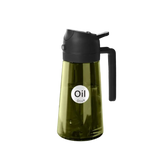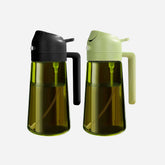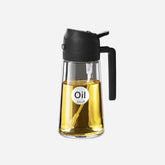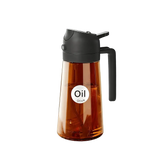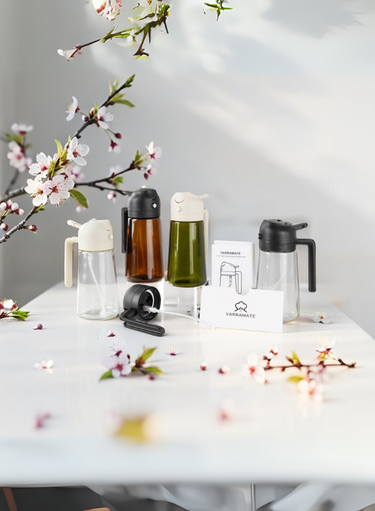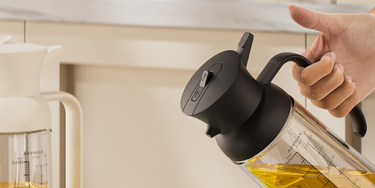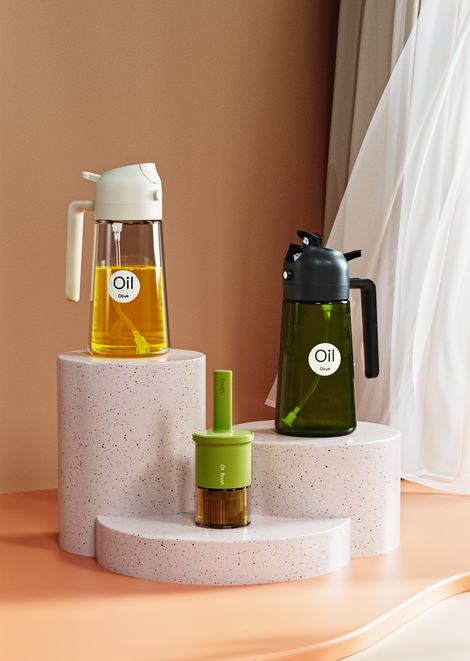Espresso at Home: Perfect Milk Froth & Latte Art Tips
Step 1: Gather Your Coffee Tools and Ingredients
Making espresso at home doesn't have to feel intimidating. With a few essentials and some patience, you can create café-quality coffee right in your kitchen.
- Espresso machine or Moka pot
- Coffee grinder
- Tamper
- Digital scale and timer
- Milk pitcher
- Handheld milk frother
- Freshly roasted coffee beans (medium-dark roast)
- Whole milk or your favorite milk alternative
- Filtered water
Step 2: Grind and Measure Your Coffee
Consistency begins here. Measure around 18–20 grams of coffee beans for a double shot. Use a fine grind — it should feel like fine sand between your fingers. Small adjustments make a big difference.
Step 3: Tamp It Right
Distribute your coffee evenly in the portafilter. Tap it lightly, then press firmly with a tamper. A level tamp ensures even water flow through the puck.
Step 4: Brew the Perfect Espresso Shot
Lock your portafilter and start the shot. Look for a steady, honey-like flow and golden crema on top. Adjust grind or dose if crema is pale or thin.
Step 5: Prepare and Froth the Milk
Pour cold milk (around 4°C) into your pitcher, about one-third to halfway. Then use your handheld frother for creamy perfection.
Using the Handheld Milk Frother
- Start Submerged: Dip the whisk just below the milk's surface.
- Start Slow: Begin on low speed to avoid splashing.
- Aerate: Move the wand gently up and down to introduce air.
- Switch Speeds: Gradually increase to medium or high for finer texture.
- Polish the Foam: Lower the whisk slightly and blend for 10–15 seconds.
Why This Frother Stands Out
- 3-Speed Control & Quick Frothing: Dense foam for cappuccinos or light froth for flat whites in under 20 seconds.
- Dual 304 Stainless Steel Heads: Detachable, durable, easy to clean.
- Rechargeable Convenience: Built-in lithium battery, Type-C cable, cordless.
- Trendy & Versatile Design: Blends into modern kitchens, stylish and practical.
Step 6: Combine and Create Latte Art
Swirl your milk pitcher gently to mix foam and milk. Pour slowly into espresso, lowering the pitcher to create shapes like hearts, tulips, or leaves. Tap cup lightly to pop bubbles.
Pro Tips from Home Baristas
- Use whole milk — richer and more stable for frothing.
- Clean your frother immediately after use.
- Practice pouring with water and dish soap for cheap latte art practice!
- Keep milk below 60°C to maintain foam stability.
- Consistency is key — small tweaks in grind or tamping matter.
FAQs
- Why is my milk foam too thin or watery? Use fresh, cold whole milk; avoid overheating.
- Can I froth non-dairy milk? Yes, oat, soy, almond work best in “barista” versions.
- How do I clean my frother? Run in warm soapy water, rinse, dry; don’t submerge handle.
- What speed for cappuccino foam? Start low, then high for dense microfoam.
- Can I travel with this frother? Yes, it’s lightweight, rechargeable, and portable.
Summary
Brewing espresso at home is not just about caffeine — it's about creating something with your hands. With the Yarramate handheld frother, coffee moments turn into café-style rituals. From cappuccinos to lattes and matcha, this compact electric coffee beater is the perfect companion. Skip the café line — your new barista station is at home.






